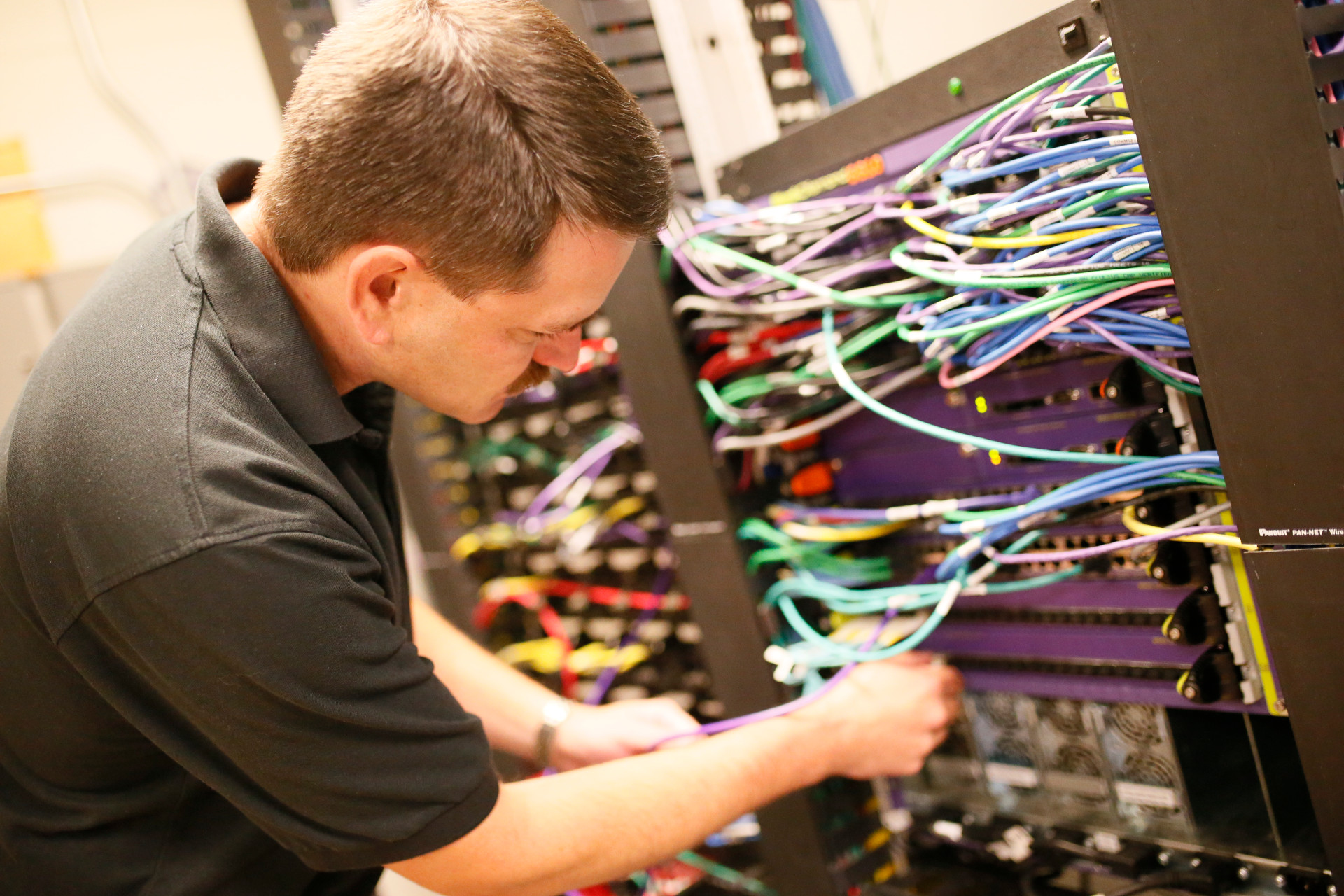
In the years since the 9/11 attack on the World Trade center, public safety organizations across the country have been compelled to address an issue that became crystal clear that day: Communication systems have inherent limitations. The World Trade Center featured communication towers on the roofs, making it difficult for emergency vehicles pulled close to hear commands because radio signals could not penetrate down through the floors of concrete and steel.
Since that time, first responders, building contractors, and owners have increasingly turned to the use of bi-directional amplifiers (BDAs) to ensure reliable radio coverage indoors. BDAs enhance RF radio signals and then distribute those signals into and throughout a building, which helps to minimize the risk that first responders will experience spotty coverage or radio dead zones within a structure.
As the demand for BDA technology takes hold, we’re teaming up with our sister company, CC&N, to help customers easily take advantage of its benefits.
- BAYCOM, experts in mobile communications, offers the engineering expertise needed for bi-directional amplifier system design
- CC&N, experts in cabling and networking, provides installation services geared toward BDAs and distributed antenna systems (DAS) for cellular systems
“The expertise within our two companies combines to deliver consultation, custom design, engineering, installation, training, support, and management,” said Dave Feiler, Public Safety Account Executive. “What that means for our customers is that installs can happen faster, more efficiently, and are less expensive.”
While the attack on the 104-story twin towers shed light on the issue of indoor coverage reliability, buildings and businesses of all sizes can benefit from BDA technology. Here at BAYCOM, we’ve installed bi-directional amplifiers in all types of facilities: business offices, manufacturing plants, hospitals, assisted living centers, warehouses, and schools.
In fact, The National Fire Protection Association, in its NFPA 72 code, now recommends (and many state and local municipalities have adopted) that all commercial businesses and family dwellings of eight units or greater offer first responder radio coverage inside the building.
“Today, bi-directional amplification is in the same place sprinkler systems were 25 years ago,” said Feiler. “Initially, there was resistance because of the time and effort and cost involved. But now, nobody thinks twice about whether to install sprinkler systems. And I think the same is going to be true for BDAs.”
Read more about the benefits of bi-directional amplifiers on our website.
